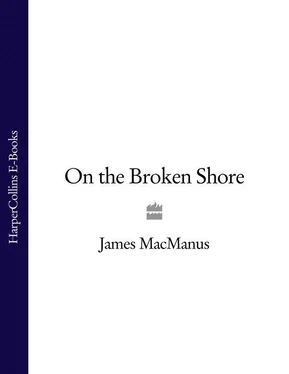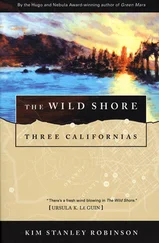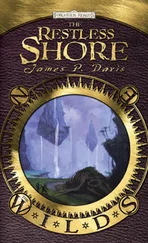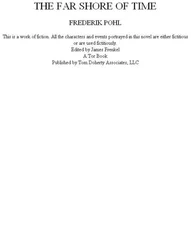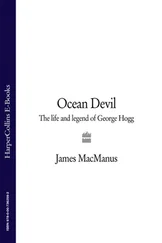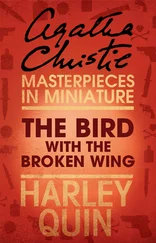Buck had wowed them from the start.
‘I have been asked to talk to you about why fish stocks are falling, why the cod has gone, why other fish are going too. Halibut, marlin, you name ’em, they’re going. The problem is simple. You’re looking at it right here in front of you. I’m a fisherman. But I’m only half of the problem. You ladies and gentlemen are the other half. You eat too much fish,’ he said.
‘I’ve been told to get to the point early, and here it is. Hands up who knows what a steaker is.’
Not a hand in the hall went up
‘Steakers are what fishing people call the best cuts of fish, the ones with real big steaks on them. And you know what? Fishermen throw back dead into the sea any fish that doesn’t look like a steaker. Every fishing boat does it. They’ll deny it, but they do. Fishermen throw more fish back into the sea dead than they land for market. Not just us here in the US. They do it everywhere. That’s why the stocks have collapsed.’
Buck was applauded as he left the stage, and afterwards some very charming women smiled sweetly at him and pressed drinks into his hand. He told Leo he reckoned he made a wrong career choice all those years ago. He should have become an academic. The money was easy. They paid you to stand up and talk sense, and they even gave you a drink afterwards.
Kemp turned towards the stern and looked down at his students, all of them working towards a degree that would lead to the further study of the minutiae of the ocean rather than of the warm-blooded mammals that lived in it. Endless papers circulated within the academic community – and then what? Maybe Margot was right. It was all nothing but chatter on the academic networks. But maybe all the research, the lengthy dissertations and those closed conferences so beloved by academics might lead to a new way of thinking about the seas from which we all crawled so many millions of years ago.
Some hope, thought Kemp. And he wasn’t putting much faith in his own book setting the scientific world to rights either.
Buck turned the boat, slowed the engine and moved towards a series of sandbanks that had risen above the waterline on the back of a falling tide. Already grey seals and harbour seals were hauled up on them, dozing under a darkening sky. One or two of the females were still pregnant, but most had already pupped, and the young were nervously flopping towards the water, having caught sight of the intruder.
In the channels between the sandbanks grey-whiskered heads turned as the Antoine approached, then vanished beneath the waves, reappearing a few feet away, ducking, diving and resurfacing. It was too early in the year for the young seals to have got used to boats, and many had not seen or heard one before. The older ones paid less attention.
In their identical black oilskins and yellow lifejackets the students looked like outsize penguins as they trained their binoculars on the seals. Kemp knelt down and pushed the tape deck firmly under the slight overhang of the enclosed deck rail that ran around the transom. He plugged in the leads to four headsets and attached four other leads to a set of hydrophones: large cigar-shaped microphones encased in thick transparent plastic casing.
The technology was a big improvement on what he had been used to in those early days at St Andrews, but it was still petty crude compared to the latest equipment being used by the military. In the 1960s the US Navy laid a grid of underwater listening posts around the world to track Soviet submarines. The fixed hydrophones were linked to onshore listening stations by cable, and the Navy called the whole thing the Sound Surveillance System (SOSUS). When the cold war ended the system was made available to marine scientists studying whale communication. But the more rarefied area of seal communication did not get a look-in, and Leo had to make do with an off-the-shelf version. It was expensive enough, as the treasurer at Coldharbor had pointed out when he signed it off.
‘A ten-thousand-dollar recording outfit just to listen to seals – right?’
‘Right,’ replied Kemp, and that was that.
Kemp paused as a larger swell than usual lifted the boat, causing his students to stumble and clutch each other. Gunbrit Nielsen seemed to have more than her fair share of helping hands.
A casual glance towards shore brought one of those surprises that could lift these trips from the routine to the extraordinary. There, on the furthest sandbank, was a small pod of hooded seals. Normally found only in Arctic waters, they were rarely seen at this time of year on the Cape. The inflatable hoods on top of the heads of the adult males made them look comical, like circus creatures.
When excited or nervous the seals closed their noses and pumped air into these hoods, which swelled up to the size of footballs. That was what they had done now, and Kemp shouted to his group to take a look and to get some photographs. He handed his binoculars to Jacob Sylvester, who took a quick look before passing them back and joining the others in taking photographs that would be uploaded on to computers and winged around the world to friends and family, showing inhabitants of a cold Arctic world sunning themselves within sight of some of the Cape’s most popular summer beaches.
Kemp raised his glasses and swung them seaward; the cloud base had darkened and thickened. Over Chatham harbour a mile away the skies were still clear, and he pointed out to the students the old Marconi radio masts moved there from Wellfleet up the coast, where in January 1903 President Theodore Roosevelt had sent the first radio message across the Atlantic, to King Edward VII in the village of Poldhu in Cornwall. A king emperor conversing with an American president who liked to talk softly and carry a big stick. Leo always wondered what they had talked about in that first brief transatlantic conversation: probably that great British default topic of conversation, the weather.
The masts had now been adapted with wooden platforms on which ospreys built their stick nests. The birds had almost been wiped out by DDT poisoning in the 1960s, but were now increasing in numbers; an example of old technology infrastructure being used to repair the damage done by what had once been hailed as the new wonder chemical herbicide.
‘See what I mean,’ Leo told his students, although more accurately he told Gunbrit and let the others listen in. ‘Take nothing for granted. DDT wasn’t a modern miracle, it was poison. But everyone fell for it, like asbestos.’
No sooner had he said this than he wished he had kept quiet and let them work it out for themselves. Maybe he was banging on too much; becoming a bore, a one-track mind with a message that had lost all its potency through endless repetition. Maybe he should just shut up.
He shook himself out of these thoughts and turned his mind to the task at hand. ‘All right, everyone, gather round. Bring your mikes and pair off.’
He helped the students lower the hydrophones into the water. They needed to be positioned carefully so that the sensors were facing the source of the sound. There was one headset for every two people.
‘What’s the depth?’ he yelled to Buck.
‘Thirty feet.’
‘OK, lower the hydros to twenty feet and turn the sensors to face the sandbanks. And get your headphones on,’ he shouted to the students.
Seal talk, Kemp called it. Down there in the waters around the sandbanks the seals would be sending their rumbling signals to each other, warning of dangerous intruders. It was a language he knew well, and there were times when he felt he could half guess the meaning of these long underwater conversations. But the real code he had yet to crack.
He had made his name at St Andrews, where an unusually generous subsidy from a government determined to prove it cared about its maritime heritage had led to the establishment of the Sea Mammal Research Unit. Out of curiosity, on a field trip to the north of Scotland he had lowered his hydrophones into 100 feet of water below the mile-long Cromarty Firth Bridge that carries the A9 road north from the Black Isle. The waters there were rich in fish and heavily populated with seals. With Loch Ness only a few miles to the west it was no surprise that the coast was also rich in marine mythology.
Читать дальше
